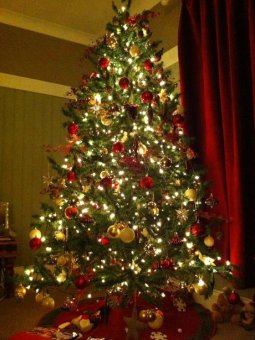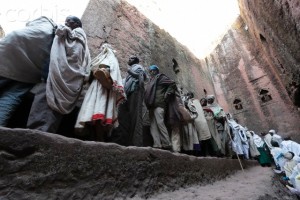
We celebrated Hanukkah these past days, including a party offered by the religious school at Congregation Mishkan Torah last evening (the final night of this eight-day feast). I say we celebrated it for past days, but not eight because I could not find our menorah until time to light the third candle at home!

In ten days, we will fly to Michigan to celebrate Christmas with our extended family. In between, we will observe the winter solstice on December 22. Muslims will observe Mawlid, the birth of the prophet Mohammed on December 23 to 28 (depending on the branch of Islam). Then there is Kwanzaa (December 26-January 1) and of course New Year’s Day.
This is a time of year marked by celebration.
Hanukkah is often called the Festival of Lights because of the centrality of lighting menorah candles each night (beginning with one the first night and then adding another each evening). And Christmas is marked by bright lights as well, on Christmas trees and on the exterior of many homes and other buildings. This surely is a reflection on the star that guided the magi from the East to the stable in Bethlehem. Both of these holy times are dear to me, and I know to many others as well.

But light is not central to two other celebrations, namely the winter solstice and Kwanzaa. In fact, they are really celebrations of darkness.
I cherish darkness–skin tones to be sure–but more, too. I value the dark of night, I value being in the dark, meaning not being sure of exactly where I am or where I am going or what is around me. I have a feeling this is not how many, probably most, people feel.
Barbara Brown Taylor writes
I cannot remember the last time I heard someone use “dark” to describe something good. Fear of the dark has been sanctified in so many people’s minds . . . without constant reminders that darkness is not a synonym for mortal or spiritual danger, most people I know revert to the equation without even thinking about it. (Learning to Walk in the Dark, p. 54)
I don’t meant to suggest, any more than Taylor does, that there is never danger in the dark. But in a world where terrorists randomly kill and behead people and fly planes into tall buildings, police shoot people even as they lay dying, and people drive cars into crowds to express their frustration–all in broad daylight or on well-lighted sidewalks and streets–I am not convinced that being in the light is all that much safer than being in the dark.

We can learn from the dark. Do you realize that if you are outside at night and you shine a light on something that you will see it in some ways better than without the light, but at the same time that the light will block out what is around the object and around you? Light actually limits the range of your vision.
That limited vision is reflected in white racism and white privilege, too–many of us are conditioned to not really see the darker-skinned people in our midst as full members of the human race. If white, or light, is the norm, is the preferred coloration, we devalue our siblings and all the richness, truth, and beauty of their divinely created humanity.

And at this time of the year, in the northern half of the globe, we are given the opportunity to slow down, as the plants and trees and many of our fellow animals are doing, and rest, letting go of our need to see everything and be everywhere. I am not a big fan of cold weather–and really dislike snow–but I do value the opportunity to burrow into the cocoon that is our home and feel enveloped by darkness that is longer each day.
Of course, we have moved into a more urbanized area than our former neighborhood in Richmond, and the porch lights of neighbors, perhaps 100 feet away, seem perpetually on–but still I have the great joy of taking Cocoa out for a dark walk at 10 pm or so (most people do not leave their exterior lights on and the tree-covered walkways of our two-hundred-plus acre co-op are wonderful for walking). I also cherish going out before sunrise to walk with him. If you do this, perhaps you too notice how much more clearly the bare trees stand out against the night sky. They are a great joy to my soul.

I don’t want to stop celebrating Hanukkah and Christmas, but I want to put more emphasis on the Solstice and Kwanzaa–I want more balance in my life, and that means more dark, less light.
Spiritually speaking, I take my cue from the Hebrew writers of Genesis. Creation started out as void and darkness, and then was given more shape by the creation of light. But the light did not erase the darkness, and both were judged to be good.
May it be so in my life, and yours.




 In some ways, then, we are back at humility, recognizing God as the source of all that is good and holy. This is not the humility of groveling at the feet of God but an awareness that God is the author of good, a humility that leads us to sing songs and give thanks and share generously what we have received and are receiving.
In some ways, then, we are back at humility, recognizing God as the source of all that is good and holy. This is not the humility of groveling at the feet of God but an awareness that God is the author of good, a humility that leads us to sing songs and give thanks and share generously what we have received and are receiving.